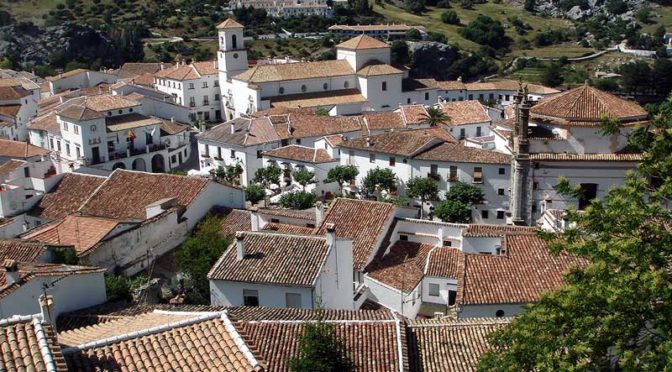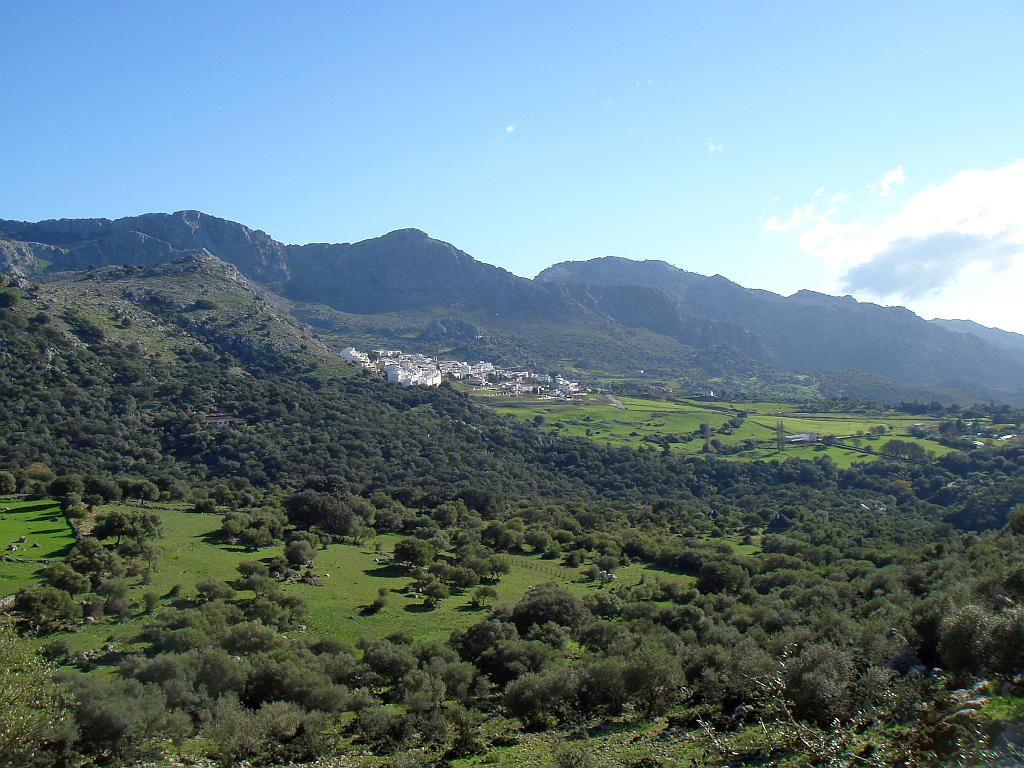Nestled in the breathtaking Sierra de Cádiz region, the picturesque white villages of Andalusia are a hidden gem waiting to be discovered. Among these charming settlements, Grazalema stands out as a must-visit destination. Offering stunning natural landscapes, rich cultural heritage, and authentic Spanish charm, Grazalema and its neighboring villages are best explored through a guided coach trip. So, lets start Exploring the enchanting white villages: Are there guided coach trips to Grazalema and the white villages?
The gateway to the white villages of Cádiz
Starting from Cádiz, Seville, Jerez, or other nearby cities, a guided coach trip to Grazalema provides the perfect gateway to exploring the white villages of the Sierra de Cádiz. Sit back, relax, and let the expert guides take you on a scenic journey through the rolling hills, olive groves, and winding roads that lead to this idyllic destination.
Natural wonders of Grazalema

Grazalema is not only known for its quaint village setting but also for its natural beauty. Explore the stunning Sierra de Grazalema Natural Park, a UNESCO Biosphere Reserve, which surrounds the village. Discover breathtaking landscapes, dramatic cliffs, lush forests, and cascading waterfalls. Adventure seekers can embark on hiking trails that lead to awe-inspiring viewpoints, offering panoramic vistas of the region.
Authentic gastronomy and local traditions:

No visit to Grazalema is complete without savoring the local gastronomy. Sample traditional Andalusian dishes, such as gazpacho, hearty stews, and local cheeses. Indulge in the flavors of the region and experience the warm hospitality of the locals. Additionally, immerse yourself in the vibrant local traditions by joining festivals, exploring handicraft shops, and witnessing age-old customs that have been preserved through generations.
Exploring the surrounding white villages

While Grazalema is a highlight, guided coach trips offers the opportunity to visit other captivating white villages in the area. Zahara de la Sierra, Setenil de las Bodegas, and Arcos de la Frontera are just a few of the charming settlements that await exploration. Each village has its own unique character, offering a glimpse into the rich history and cultural heritage of Andalusia.
Ronda Today
Everything you need to know before you visit Ronda “The city of dreams” in Andalucia. https://www.rondatoday.com/
The Caminito del Rey
Find tickets for the Caminito del Rey: https://www.caminodelrey.es/
Wildside Holidays – Spain
Take a trip on the Wildside! Discover the wildlife and nature of Spain, its Natural and National Parks and find the top wildlife, activity and walking holiday companies.
Visit Cádiz
Planning on visiting Cádiz? Tourist information. Monuments. Hotels. Activities. City guides. https://visitingcadiz.com/
I’ve been living in this lovely area of Western Andalucia for the last 20 years or so and dedicate most of my time to the running of English language tourist information websites for the towns of Cádiz, Ronda, Grazalema, the famous or infamous Caminito del Rey, and also Wildside Holidays, which promotes sustainable and eco-friendly businesses running wildlife and walking holidays in Spain. My articles contain affiliate links that will help you reserve a hotel, bus, train or activity in the area. You don’t pay more, but by using them you do support this website. Thankyou!










